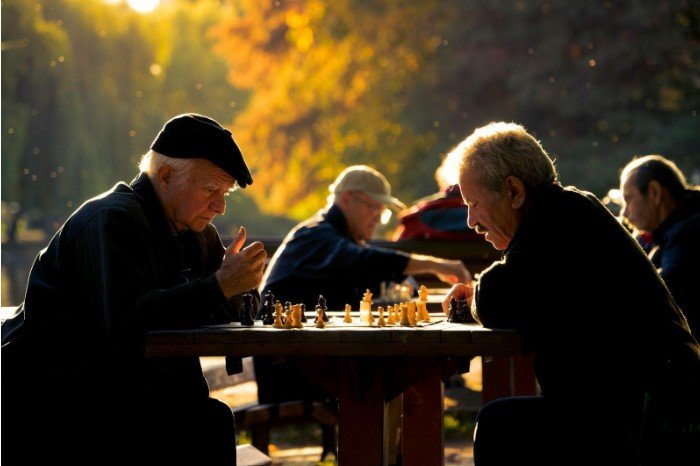A Neighbourhood Action Group (NAG) is a community-driven initiative designed to address local issues, enhance public safety, and improve the quality of life for residents. These groups bring together local authorities, police, and residents to collaboratively identify and tackle problems within their communities. This comprehensive guide explores the purpose, structure, benefits, and functioning of Neighbourhood Action Groups, highlighting their impact on community well-being.
What is a Neighbourhood Action Group?
Overview
A Neighbourhood Action Group is a formalized assembly of residents, local authorities, and law enforcement representatives. These groups aim to address specific issues within a community, such as crime, anti-social behavior, environmental concerns, and community development. By fostering collaboration and communication, NAGs strive to create safer, more cohesive neighborhoods.
Formation and Structure
NAGs typically form when residents and local authorities recognize the need for a collective approach to tackle community issues. The structure of a NAG can vary, but common components include:
- Chairperson: Usually a local resident who leads the group and facilitates meetings.
- Secretary: Responsible for administrative tasks, including meeting minutes and communication.
- Core Members: Residents, local authority representatives, police officers, and other stakeholders who regularly attend meetings and contribute to discussions.
- Sub-Groups: Smaller groups focused on specific issues, such as crime prevention or environmental projects.
Key Functions of Neighbourhood Action Groups
Identifying Community Issues
One of the primary functions of a NAG is to identify and prioritize issues affecting the community. This is achieved through regular meetings, surveys, and consultations with residents. Common issues addressed by NAGs include:
- Crime and Anti-Social Behavior: Addressing local crime, vandalism, and disturbances.
- Environmental Concerns: Tackling litter, graffiti, and green space maintenance.
- Traffic and Road Safety: Improving road safety and managing traffic concerns.
- Community Development: Enhancing local amenities and fostering community spirit.
Developing Action Plans
After identifying key issues, NAGs develop action plans to address them. These plans outline specific actions, responsibilities, timelines, and resources required. Action plans often include initiatives such as:
- Neighborhood Watch Programs: Coordinating efforts to monitor and report suspicious activities.
- Community Clean-Up Events: Organizing volunteers to clean and beautify the area.
- Safety Campaigns: Promoting road safety, fire safety, and crime prevention through education and outreach.
- Community Events: Hosting events to build community cohesion and engagement.
Collaborating with Authorities
NAGs work closely with local authorities, police, and other agencies to implement their action plans. Collaboration ensures that initiatives are supported and resourced appropriately. Regular communication and meetings with these partners are essential to maintain progress and address any emerging issues.
Monitoring and Evaluation
To ensure the effectiveness of their efforts, NAGs monitor and evaluate their initiatives. This involves:
- Tracking Progress: Regularly reviewing the status of action plans and initiatives.
- Gathering Feedback: Collecting feedback from residents and stakeholders to assess the impact of actions taken.
- Adjusting Plans: Modifying action plans based on feedback and changing circumstances to achieve better outcomes.
Benefits of Neighbourhood Action Groups
Enhanced Community Safety
One of the most significant benefits of NAGs is the improvement in community safety. By addressing crime and anti-social behavior, NAGs create safer environments for residents.
Stronger Community Bonds
NAGs foster a sense of community by bringing residents together to work towards common goals. This strengthens relationships and builds trust among neighbors.
Empowered Residents
Participation in a NAG empowers residents by giving them a voice in local decision-making processes. It encourages active citizenship and a sense of ownership over community issues.
Improved Quality of Life
Through various initiatives, NAGs enhance the overall quality of life in their communities. Cleaner environments, safer streets, and better amenities contribute to a more pleasant living experience.
Effective Problem Solving
The collaborative approach of NAGs leads to more effective problem-solving. Diverse perspectives and shared resources enable the group to tackle issues more comprehensively.
Challenges and Considerations
Sustaining Engagement
One of the challenges NAGs face is sustaining engagement and participation from residents. Maintaining interest and commitment requires ongoing communication, regular updates, and visible progress.
Resource Limitations
Limited resources, both financial and human, can hinder the efforts of NAGs. Securing funding and support from local authorities and other stakeholders is crucial for the success of initiatives.
Balancing Diverse Interests
NAGs must balance the diverse interests and priorities of residents. Ensuring that all voices are heard and that actions benefit the broader community is essential for maintaining harmony and effectiveness.
Conclusion
Neighbourhood Action Groups play a vital role in enhancing community safety, fostering stronger bonds, and improving the quality of life for residents. By bringing together local authorities, police, and residents, NAGs create a collaborative environment for addressing community issues and implementing positive change. Through their efforts, NAGs empower residents, promote active citizenship, and contribute to the development of safer, more vibrant neighborhoods.



